Permeability of Soil
Soil permeability, also known as hydraulic conductivity, measures a soil’s ability to allow water to pass through it in terms of a permeability coefficient (k). Soils are permeable materials due to their grain structure and the existence of interconnected voids. Soil permeability can be estimated using empirical methods like soil survey mapping, soil texture, or particle size distribution. However, a variety of different laboratory and field test methods make it just as easy to measure these properties directly. The soil type and purpose of the test, accuracy required, and specimen type influence the selected test method.
Materials with a high permeability coefficient will allow fluids to move rapidly through them while those with a low permeability will not. The measuring of a material’s permeability is a key design characteristic for all earthen structures, such as structural foundations; embankments; earthen dams; flood management, and effluent infiltration.
Showing 1–16 of 20 results
-

Automated Pressure Controllers
-
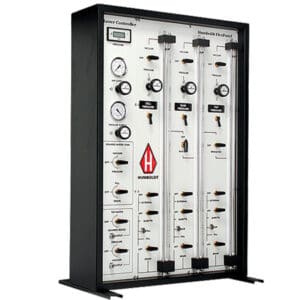
FlexPanels
-
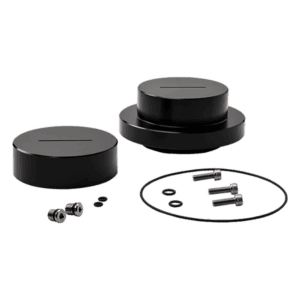
Permeability Cap & Base Sets
-

Permeability Cells
-
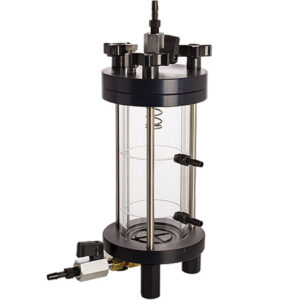
Permeameters
-

Automated, Hydro-Control Pressure Controller
-
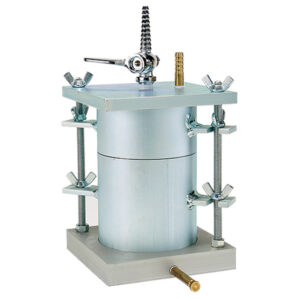
Compaction Permeameters
-
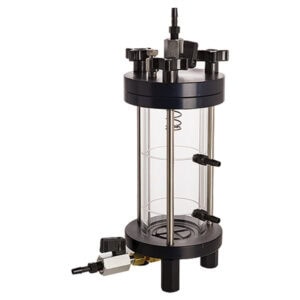
Constant Head Permeameter Cells
-
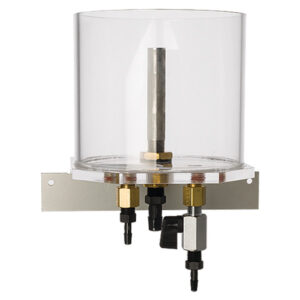
Constant Head Tank, 1500cc
-
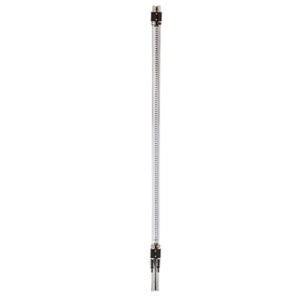
Dual Manometer Tube Stand
-
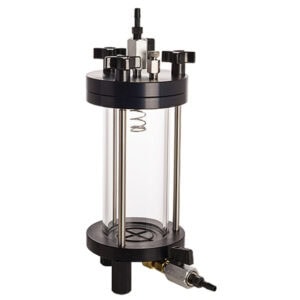
Falling Head Permeameter Cells
-

FlexPanels – 2-Cell Control Panel
-
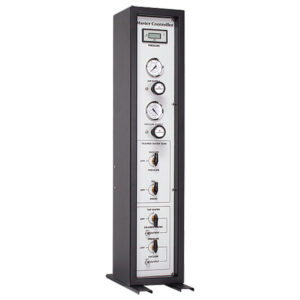
FlexPanels – Master Control Panel
-
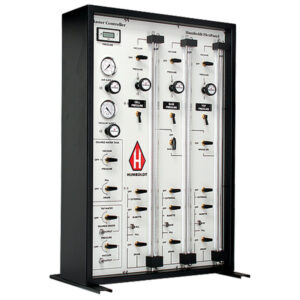
FlexPanels – 1-Cell Control Panel
-

FlexPanels, 1-Cell Auxiliary Panel
-
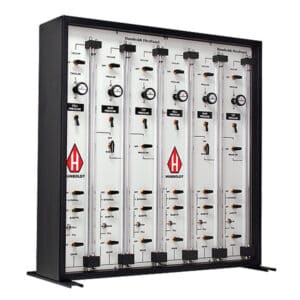
FlexPanels, 2-Cell Auxiliary Panel
-
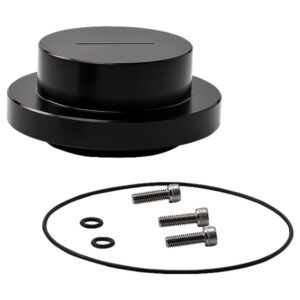
Permeability Cell Base Only, Anodized Aluminum
-
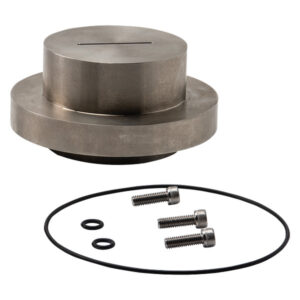
Permeability Cell Base Only, Stainless Steel
-
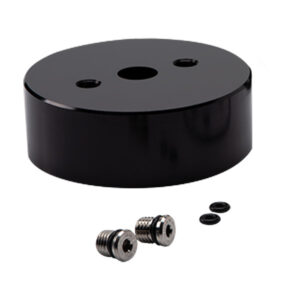
Permeability Cell Top Cap Only, Anodized Aluminum
-
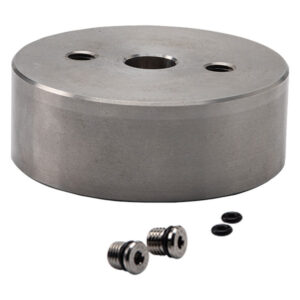
Permeability Cell Top Cap Only, Stainless Steel
-

Permeability Cell Top Cap/Base Pedestal Set, Anodized Aluminum
